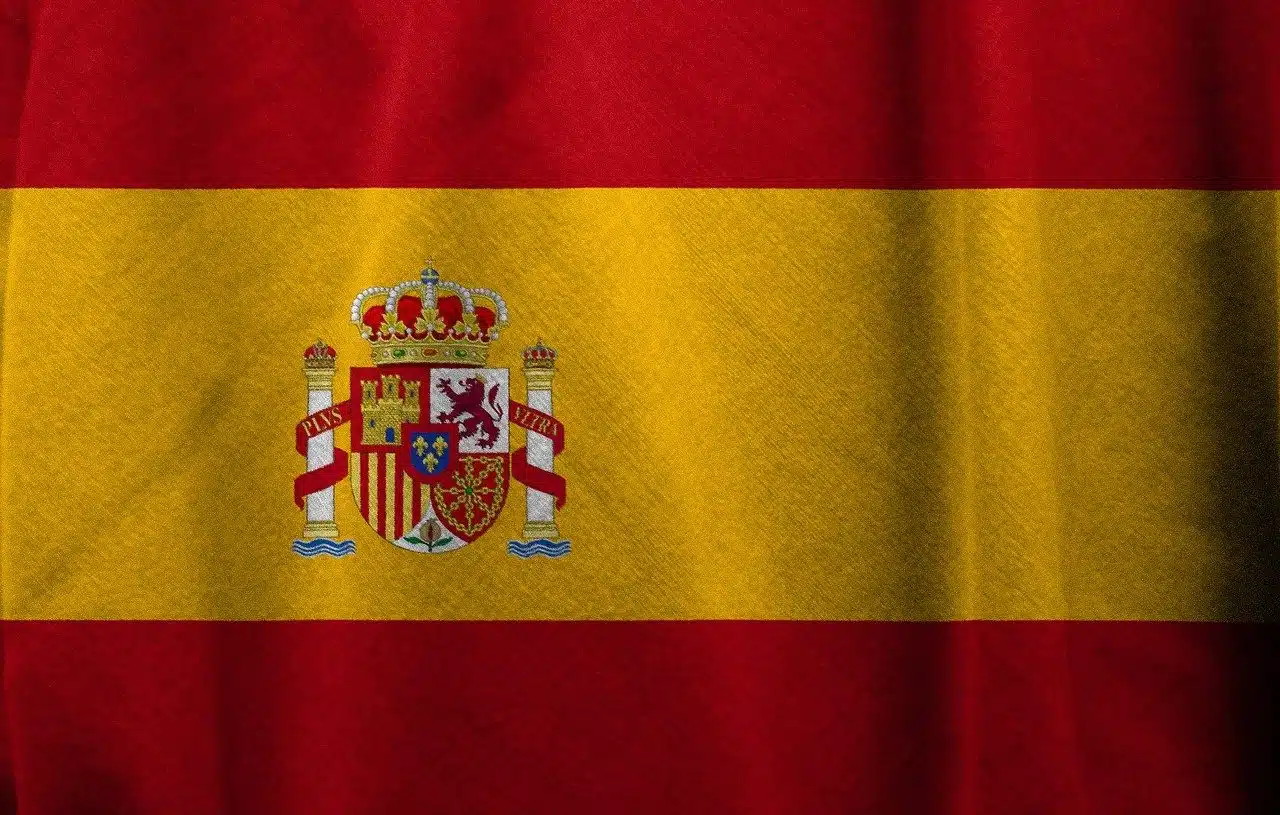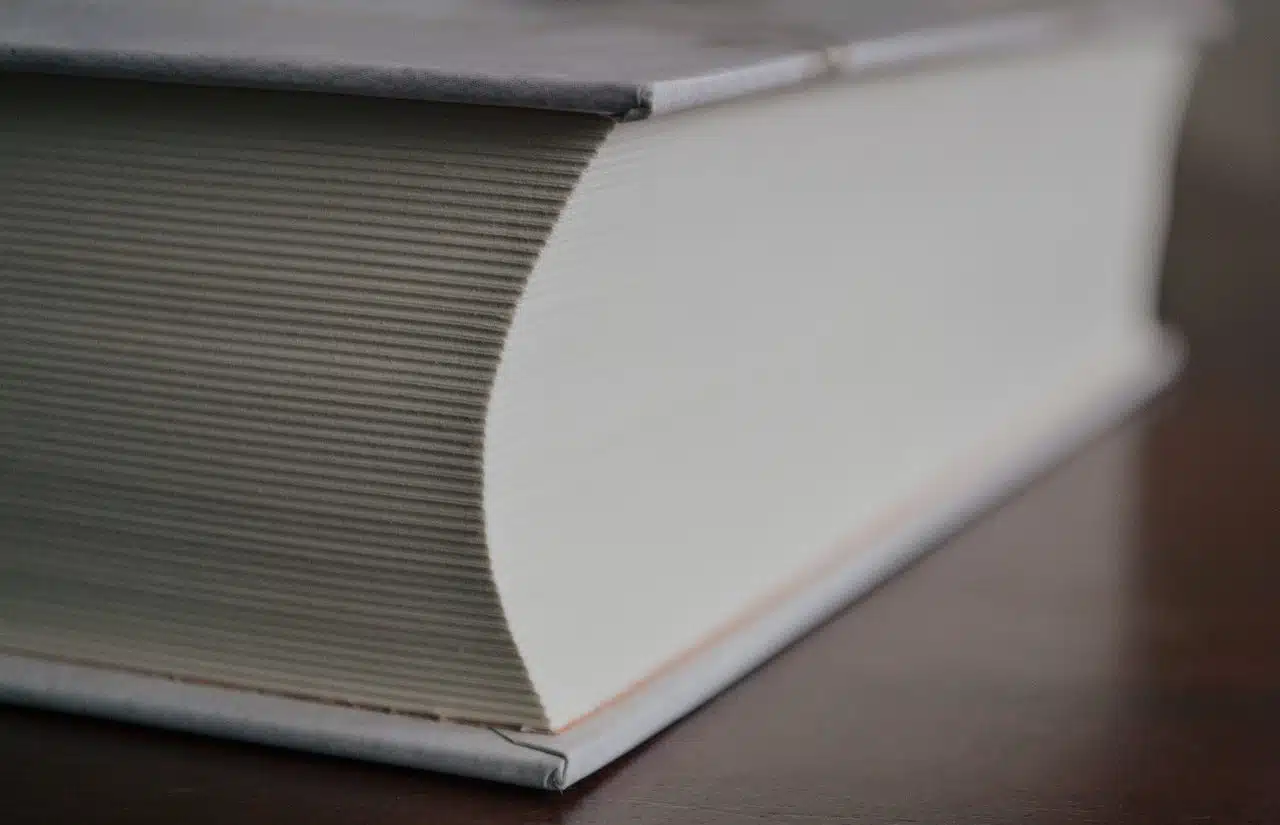
The RAE indicates which terms in our language can be used as synonyms.
RAE is the acronym corresponding to the Royal Spanish Academy , a cultural entity whose foundation took place in 1713 in Madrid . The person responsible for its creation was Juan Manuel Fernández Pacheco y Zúñiga , a nobleman who was inspired by the academies of Florence and France .
Felipe V , Spanish king, was in charge of approving the constitution of the RAE in 1714 , leaving the institution under his orbit. Since then, the RAE has been in charge of developing the linguistic regulations that allow the use of Spanish to be regularized, establishing the rules of spelling, grammar, syntax, etc.
Historical development of the RAE
In its origins, the RAE sought to normalize the language that was spoken both in Spain (the so-called peninsular Spanish ) and in the colonies of the empire ( Latin American Spanish ). After the independence of the American countries, new academies emerged that complemented the work of the RAE .
In 1951 , on the other hand, ASALE ( Association of Spanish Language Academies ) was born, a group of which the RAE and twenty-two Spanish language academies that exist in different nations are part.
With 46 full academics, who are selected by the other academics and hold the position for life, the RAE produces the Spanish Language Dictionary , known as DRAE or DLE . In 2014, the 23rd edition of this dictionary was published, considered the reference source par excellence to confirm the correct writing of words in our language and know their precise meaning.
The RAE also develops the Pan-Hispanic Dictionary of Doubts , which seeks to satisfy the most frequent concerns about the proper use of the language . In addition to the dictionary, this publication includes models on demonyms, abbreviations and verb conjugations, among other resources.

When updating its dictionary, the RAE usually includes neologisms.
The academics
Important figures of Spanish literature have formed and continue to form part of the RAE . However, among the most significant are the following:
- The writer and jurist Gaspar Melchor de Jovellanos (1744-1811).
- The Granada narrator Pedro Antonio de Alarcón (1833-1891), known for works such as "The Three-cornered Hat" and "The Prodigal Son."
- The Canarian writer Benito Pérez Galdós (1843-1920), who bequeathed us works of recognized prestige such as "Fortunata y Jacinta" , "El Abuelo" and the series "Episodios Nacionales" .
- The author Camilo José Cela (1916-2002), winner of the Nobel Prize for Literature in 1989 and the Cervantes Prize for works such as "La familia de Pascual Duarte" , "La colmena" or "Viaje a la Alcarria" .
- The Valladolid writer Miguel Delibes (1920-2010), winner of the Cervantes Prize in 1993 , who occupied the "E" chair in the RAE and who bequeathed us works such as "The shadow of the cypress is elongated" , "The road" , " The Holy Innocents" and "The Rats" .

The RAE, among other tasks, analyzes the morphology of words to detail their composition.
RAE Publications
The Dictionary of the Spanish Language , previously abbreviated as DRAE and now as DLE , is the most important publication of the RAE. Its first edition was released in 1780 , while the most recent one came out in 2014 (with several subsequent updates).
The DLE , according to the RAE, is developed with the habitual use of language, promoting unification between the different nations with their norms. The publication includes the usual words, as well as obsolete words and archaisms that make it possible to understand ancient literary works, for example.
The Dictionary of Americanisms , mentioned as DA , is another work of the RAE. It has collected Americanisms since 2010 , compiling the lexicon of Spanish terms used in America .
Another publication is the Diccionario Panhispánico de Dudas or DPD . As its name suggests, it tries to resolve questions that speakers of this language usually have. In addition to the dictionary itself, it includes a glossary and several appendices with demonyms, abbreviations, data on verbal conjugation and other types of words.
The importance of the institution
The work of the Royal Spanish Academy is essential for the correct interpretation of any message or content developed in Spanish. Translation , for example, is a task that is usually carried out with the support of RAE publications.
Although in colloquial language it is not common to resort to academia to choose terms or interpret them, the task is usually necessary in formal language expressions. The same to fully understand certain literary works, whether in prose or poetry.
Whoever reads an essay on the evolution of species, to mention one case, is likely to need a dictionary to resolve doubts about technical language . The same can be done by someone who does not understand the metaphors or literary figures that appear in verses by an author who is classified as a literary avant-garde.
The RAE and machismo
For many years, the Royal Spanish Academy was called sexist for not accepting women as full academics, and the candidatures of illustrious women such as Emilia Pardo Bazán , Concha Espina or María Moliner were rejected.
We would have to wait almost three centuries since its creation for a female to be part of it and that honor fell to the Murcian writer Carmen Conde , who produced works such as "The Dark Night of Time" and entered the RAE in 1978 .
